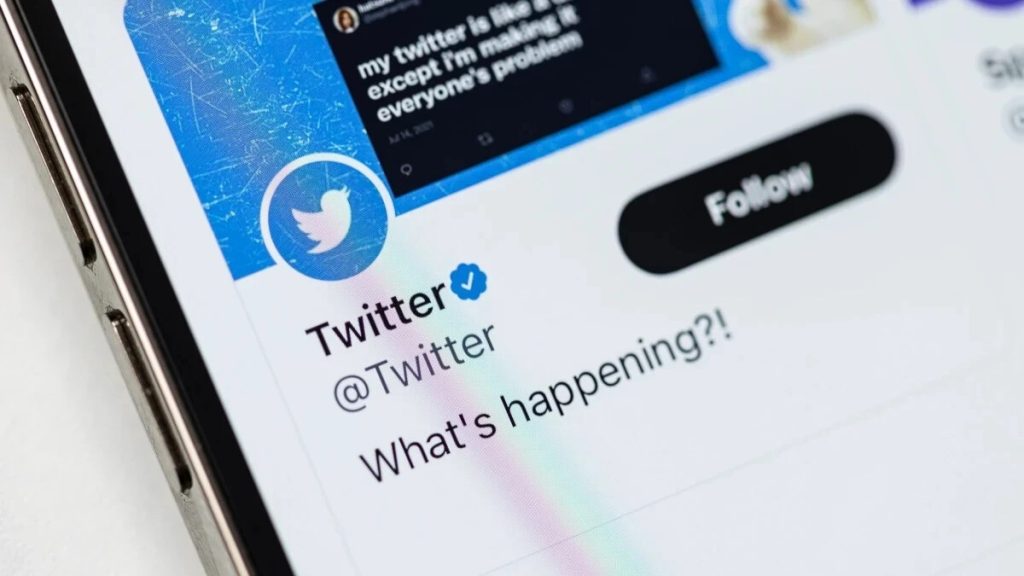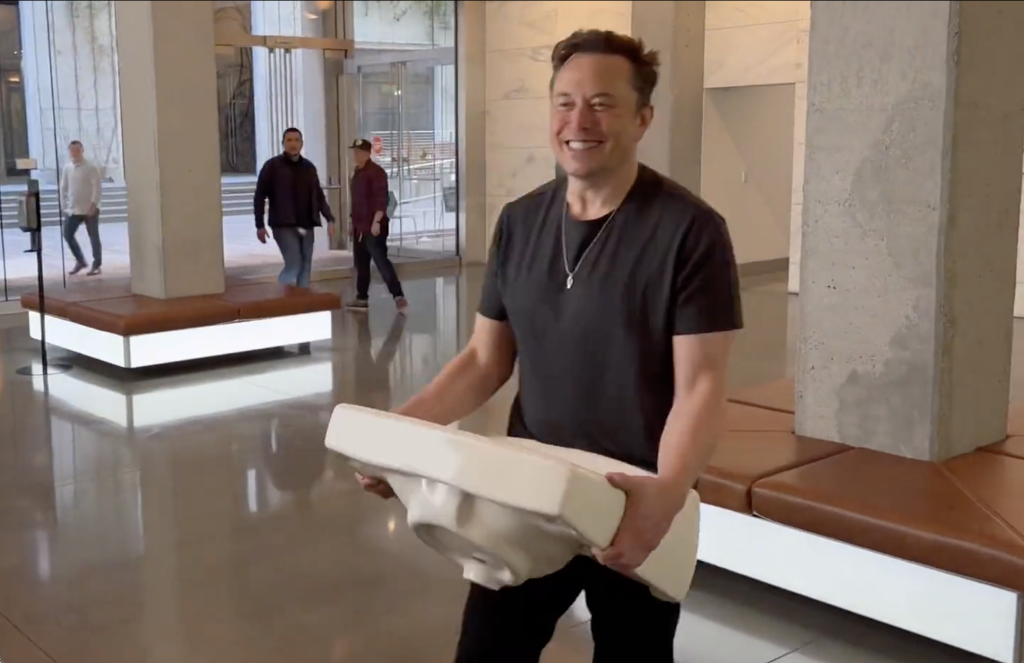
The last couple of months on Twitter have been 'wild'. A takeover bid by the world's richest man, South African-born Billionaire Elon Musk was initially presented and rescinded, post a threat to sue, the deal was back on again. A few weeks ago, for a cool USD 44 billion, Twitter went from being a publicly traded company to being owned by Musk.
The fallout from the deal has been swift and chaotic, to say the least.

From the removal of content moderation teams to threats to ban some accounts, to the introduction of subscription fees for Blue-tick verification. It has been the wild west with the platform and its new owner being a trending topic for days on end.
The fallout of the changes has been mass job losses, chop, and changes in policy and platform features. It has been reported that the job losses have been worldwide, even hitting their only Africa office based in Accra, Ghana. According to Africa News, the Twitter team in Ghana received their marching orders for all but one employee being left as a sole act for the platform. “There are reports that Ghana staff allegedly sent messages about the end of their contracts to their personal accounts, after being denied access to work emails” reports Africa News. The HR mess that has engulfed the platform has further been enflamed by its cutthroat owner who has gone on to confront some of his new team members on the platform questioning their commitment to ‘hardcore’ work to make Twitter better.
The mess at Twitter is also affecting the social media app’s features.
It is reported that a new introduction has been a monetisation feature, Twitter Blue-Tick which was introduced 2 weeks into Musk’s ownership has been nothing but a fiasco. It was meant to be a way of making individuals pay $8 USD per month for their verification tick that is usually given to prominent members of society, governments, celebrities, and large brands. Bloomberg reports what eventually happened was that just about anyone could apply and pay for Twitter Blue accounts and even impersonate existing individuals or brands. The New York Times reports that some large brands such as PepsiCo and Eli Lilly were impersonated with fake verified accounts sending spoof messages that had some investors and markets shaken. Twitter Blue was eventually paused by Musk’s team to stop any further damage.
It has been less than a month with Musk at the helm and the question for many brands is, should they continue being on Twitter?
Some big-pull brands like Balenciaga, Audi, Pfizer, and General Mills have paused or totally pulled their content and ads on the platform. They are running for the hills at the worry of Musk shifting the platform into a global freedom square. This is bound to be bad for brands, as brands are unlikely to get any form of protection from Twitter.
In Botswana, the platform globally has a fairly low user base. The monthly active social media user base is dominated by Facebook’s Meta and its related apps accounting for more than 50% of the population. Twitter on the other hand has a user base of less than 10% according to Statcounter Global Stats and NapoleonCat. The audience is however quite vocal and expressive giving the impression of an influential interest group to policy, brand position, and customer service feedback. The reality is that Twitter will always have a higher engagement rate than other platforms albeit from a smaller audience.
Given the current user base of the platform and the unraveling of events in the Musk era, it would be best to hold off Twitter activity for now and observe the developments. Key to the next chapter will be how brands can monitor conversations. Any form of marketing spend and investment from an advertising and resourcing perspective would be best invested in leveraging the ‘general’ public on Facebook and the professional audience on LinkedIn.
*Also Appeared on Sunday Standard

